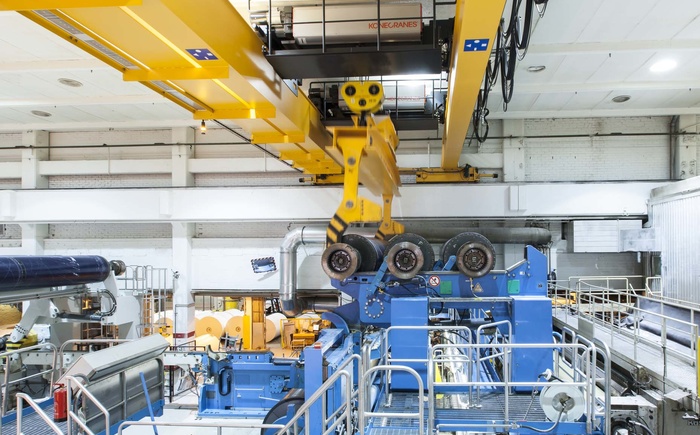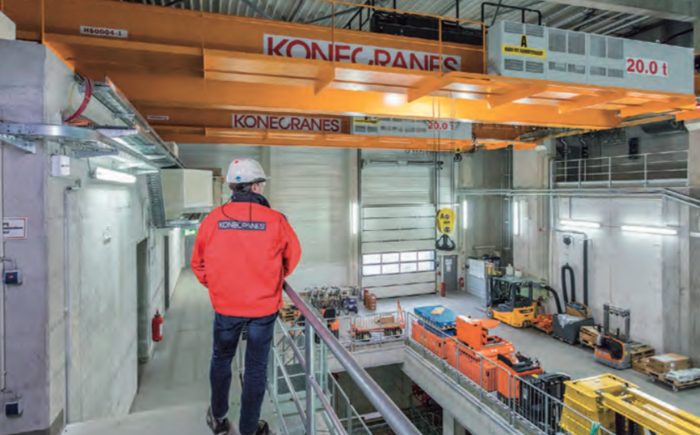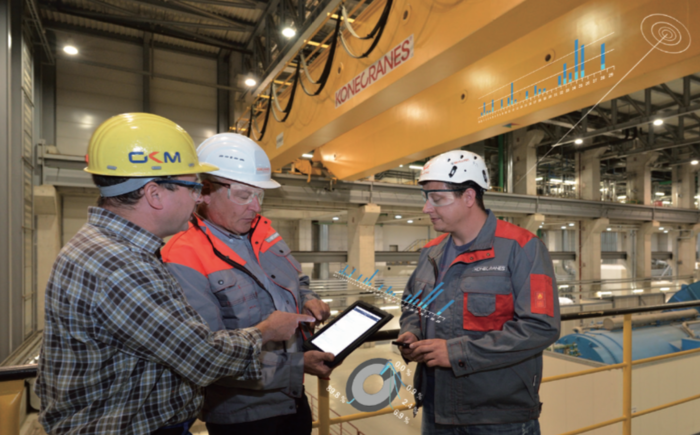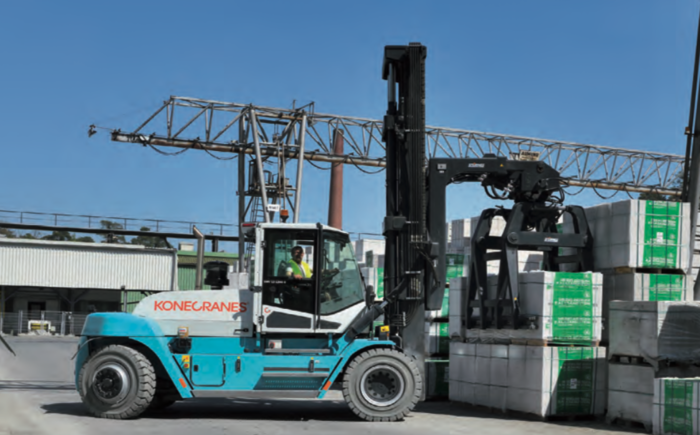Calvin Leclair - Industrial Crane Product Sales
How much does overhead crane repair cost? Just as with other industrial machinery, the answer depends on a variety of factors. Let’s go through a few variables that any crane owner and operator will want to consider.
The cost of crane repair is more than just parts and labor – it also involves downtime. So, just how much does overhead crane repair cost? Just as with other industrial machinery, the answer depends on a variety of factors. Let’s go through a few variables that any crane owner and operator will want to consider.
First, there’s the age of the equipment to be repaired. In general, fixing older cranes typically costs more. That’s because when older hoists and cranes eventually become obsolete, reverse engineering is required to replace out-of-stock parts, adding considerably to the cost of crane repair.
In contrast, the repair of a newer crane typically costs less, especially when the crane is covered by a warranty. In the case of Konecranes, every new crane comes with a two-year warranty.
The expenses of parts and labor are only a part of the story. A substantial contributor to total repair cost is crane downtime. Valuable production time and revenue is lost when a key piece of lifting equipment is out of service.
Managing and minimizing this downtime is key to a successful repair. To keep customers satisfied and production running, many industrial operations elect to have crane repairs completed on a weekend or during third shift. However, the cost of crane repair varies greatly depending on when the work is scheduled and completed. Weekend and after-hours service costs considerably more, but many companies find that uninterrupted production justifies the added expense.
After a certain length of operation, some repairs are unavoidable. Many breakdowns, however, can be avoided with preventive maintenance. Regular maintenance is crucial to safe and prolonged crane operation. When regular inspections and maintenance are neglected, equipment problems build to become expensive issues that pose a risk to safety and company budgets.
Some of the most expensive overhead crane repairs, such as replacement of worn crane wheels and rope drums, can easily be avoided by inspections and preventive maintenance. Rail inspections are just one example, as inspections often lead to detection and correction of misalignments that cause wheel wear.
Finally, it’s important to consider all your options before going ahead with any expensive overhead crane repair. Sometimes, the extra investment in new equipment makes more sense than paying to replace expensive parts on a crane that is nearing the end of its lifecycle.









